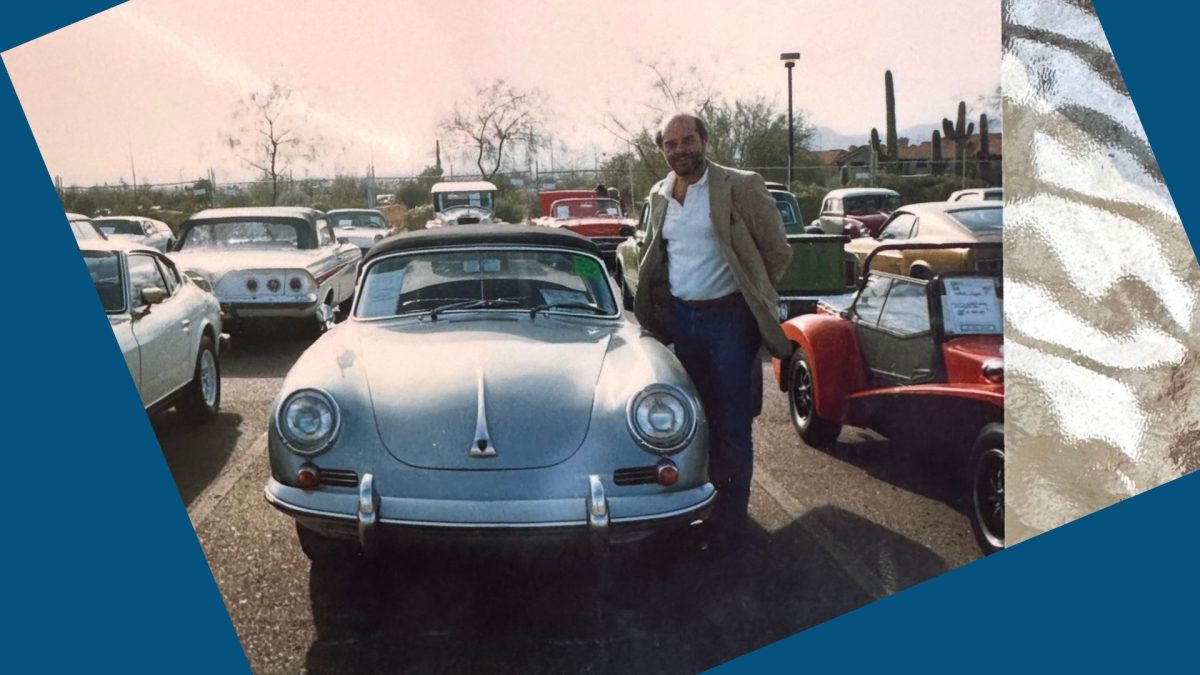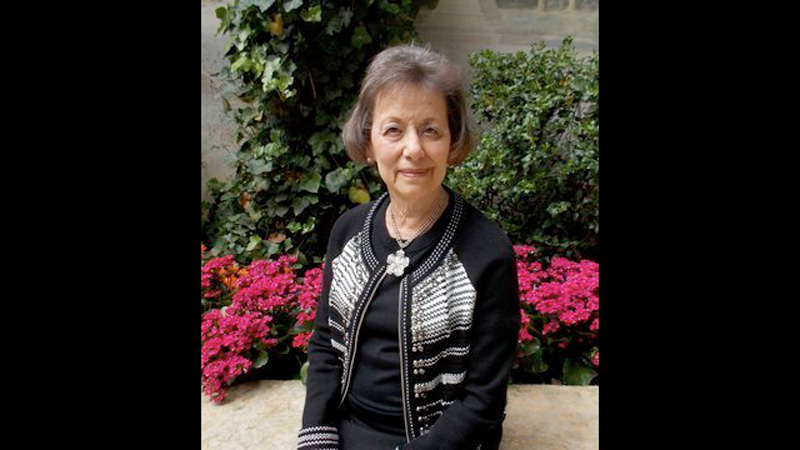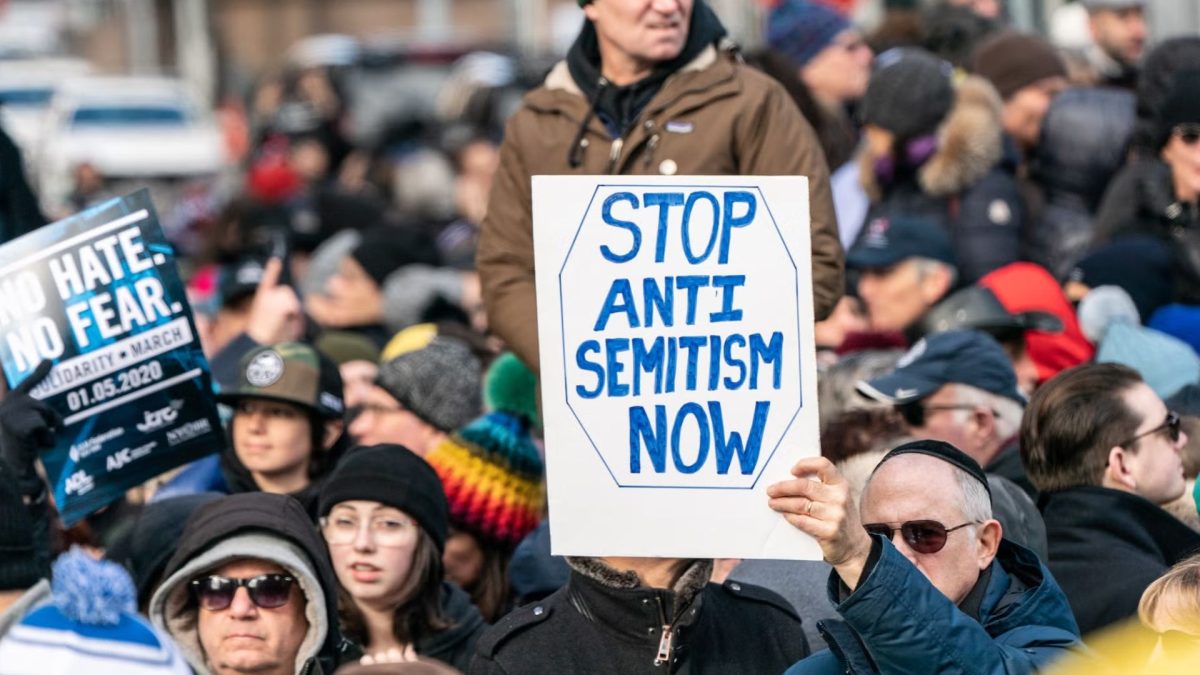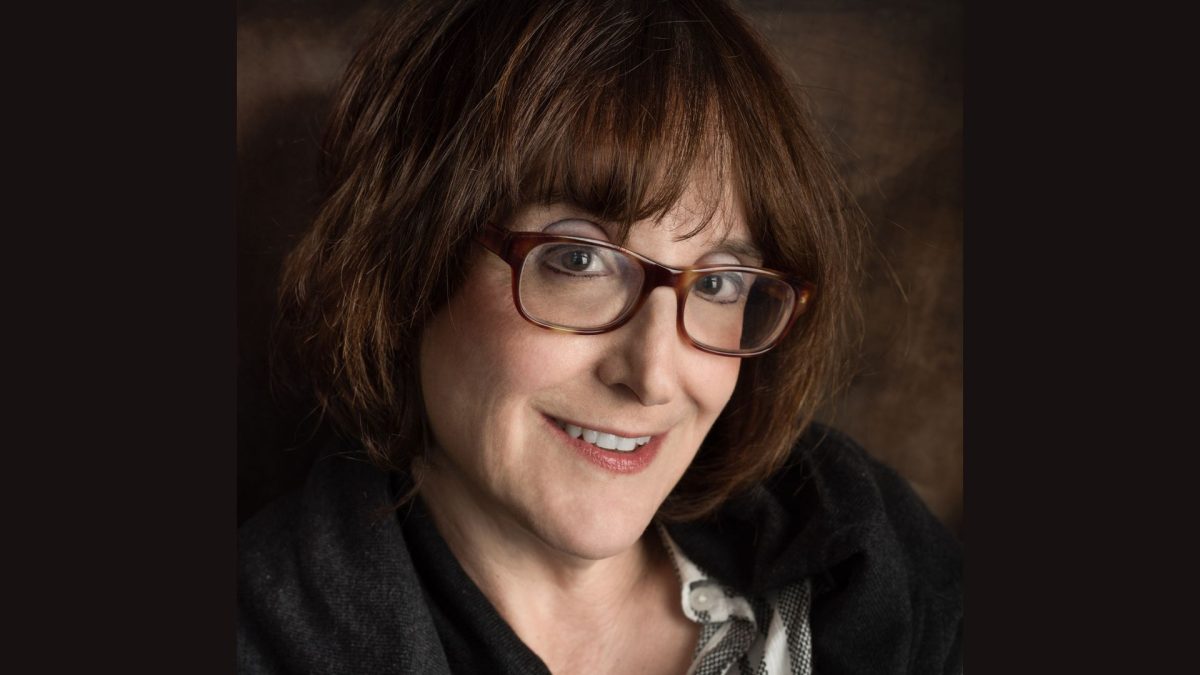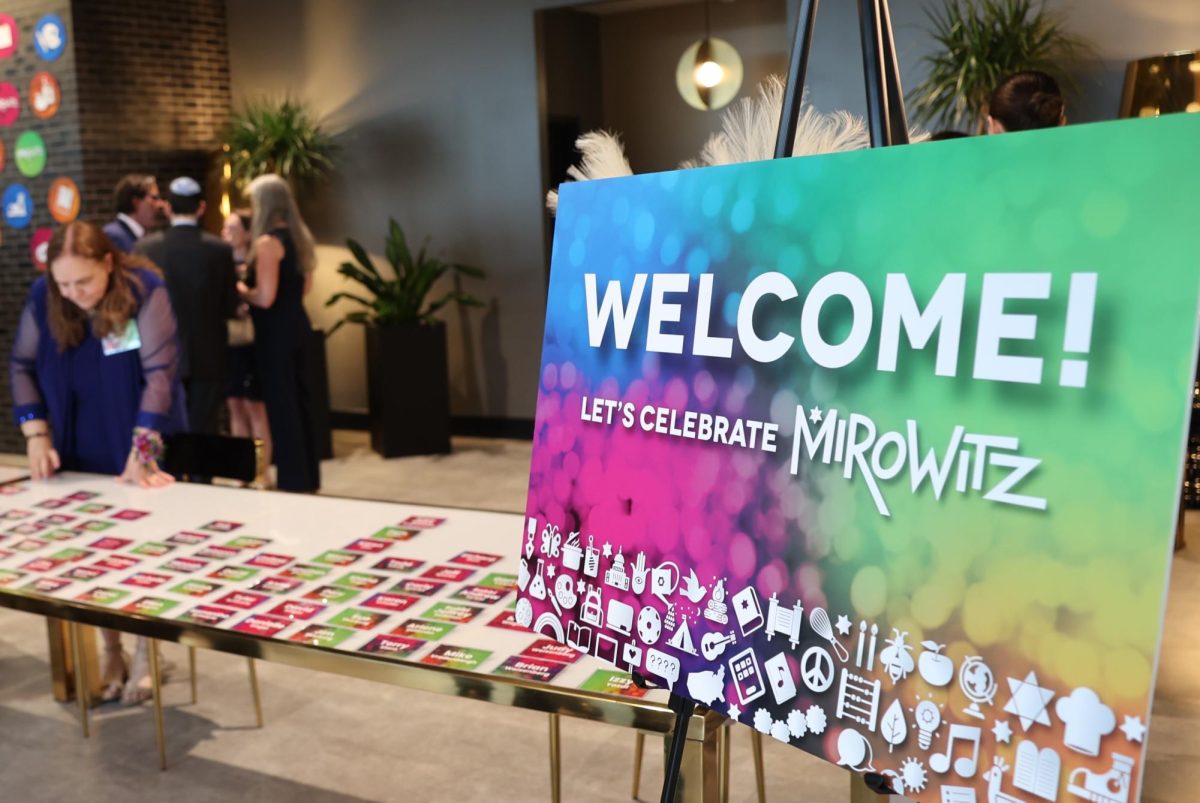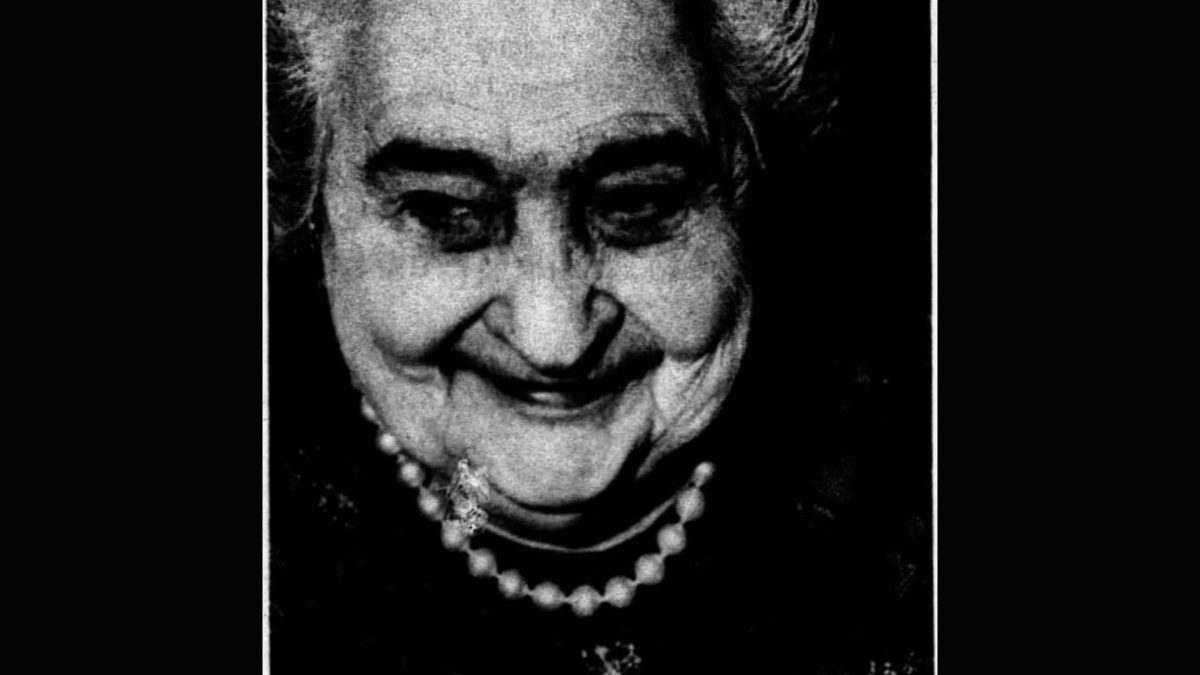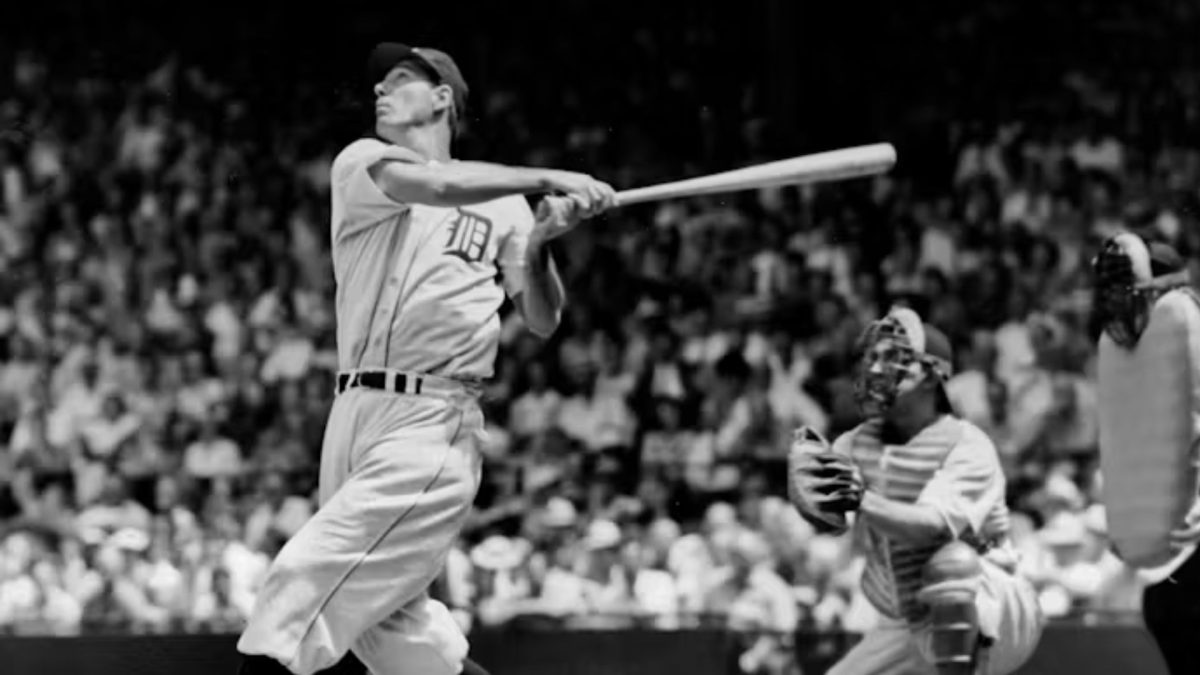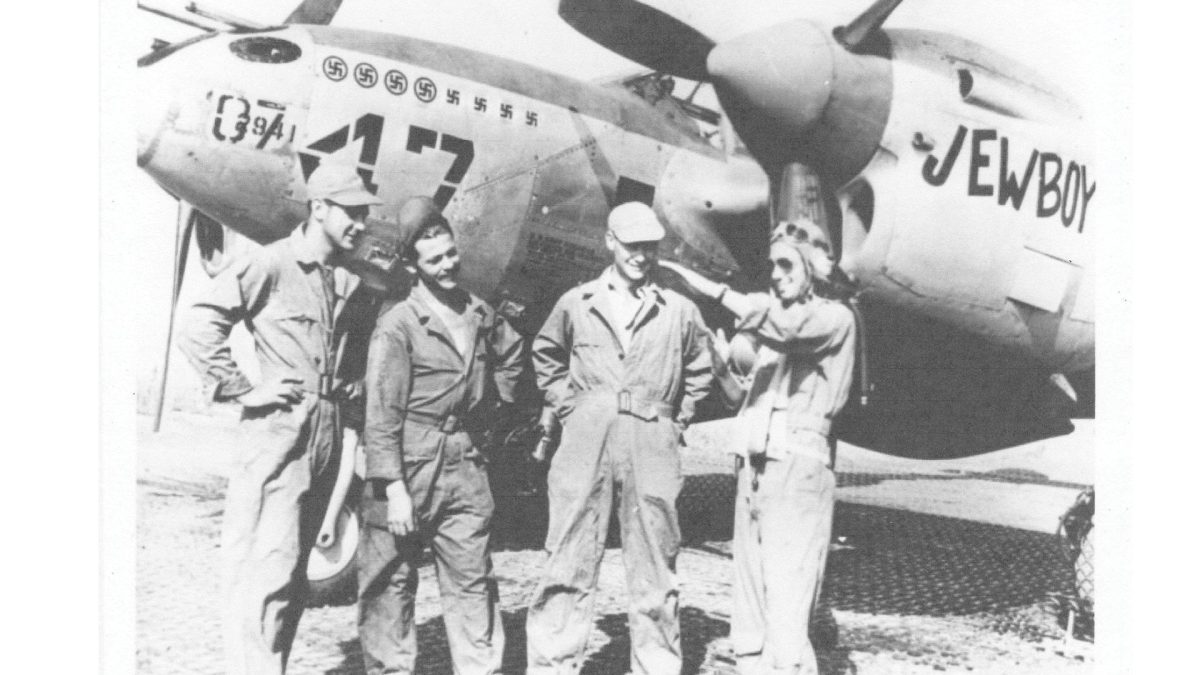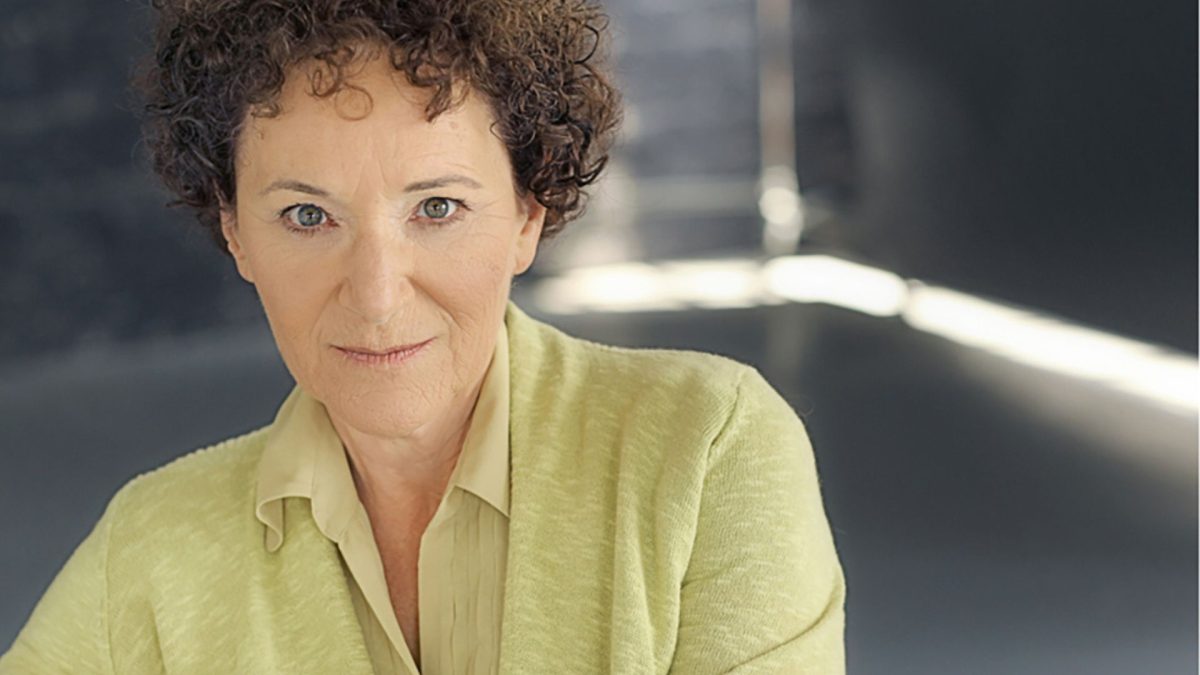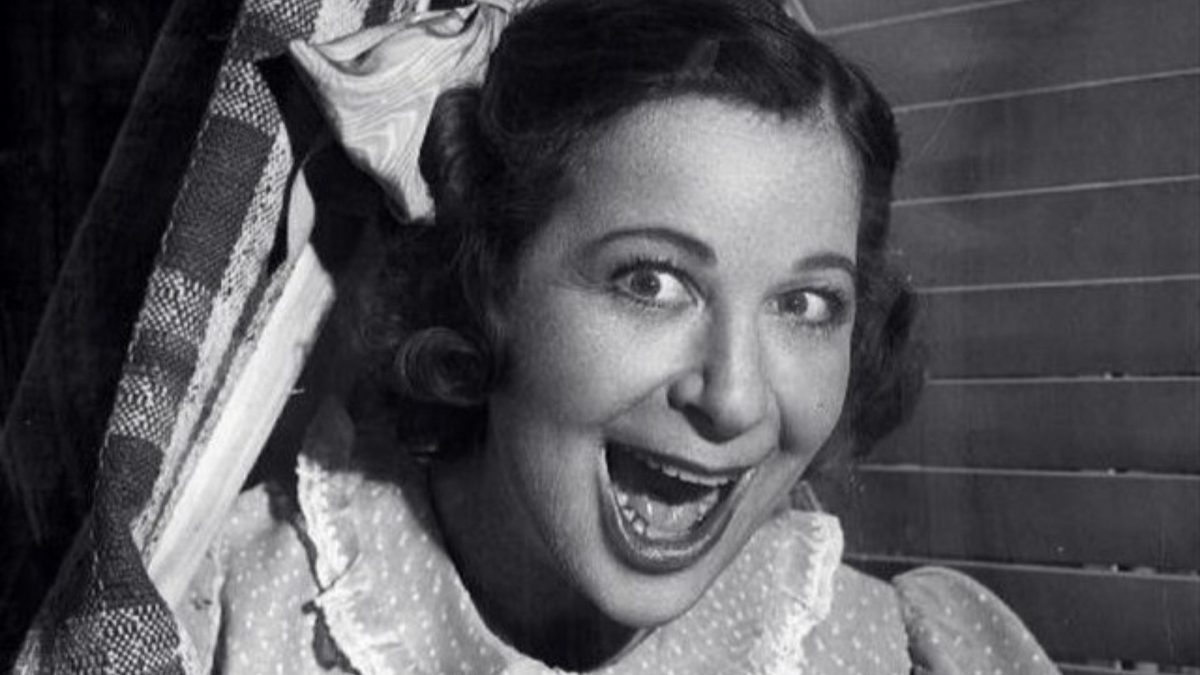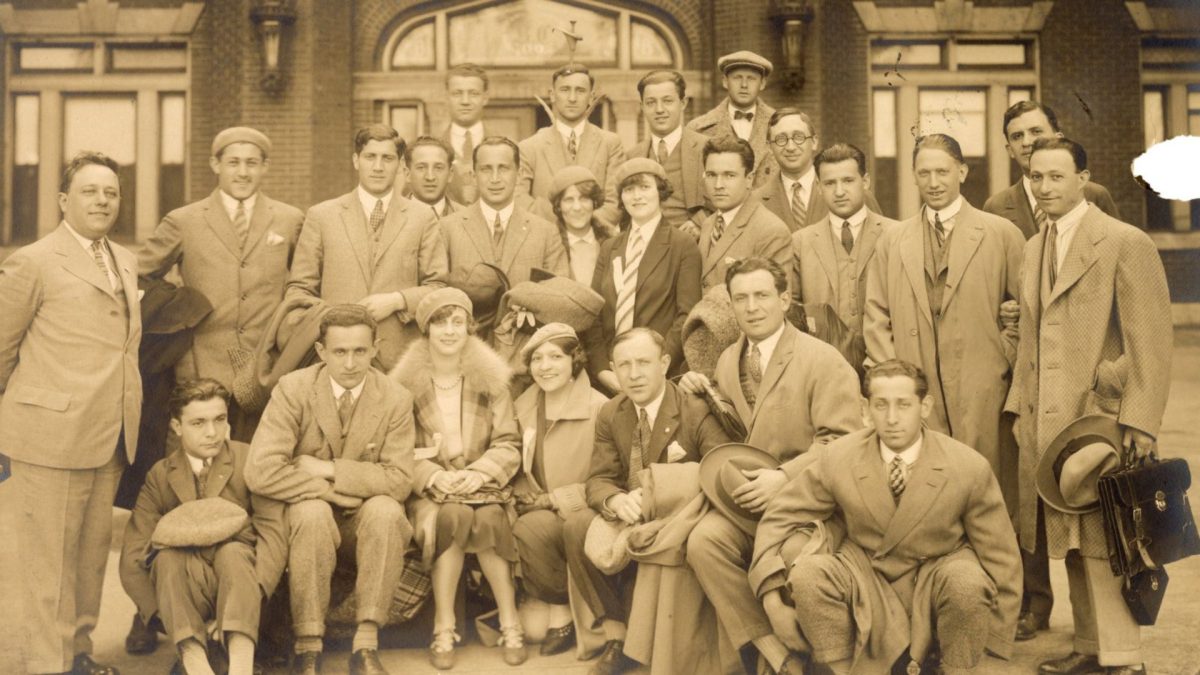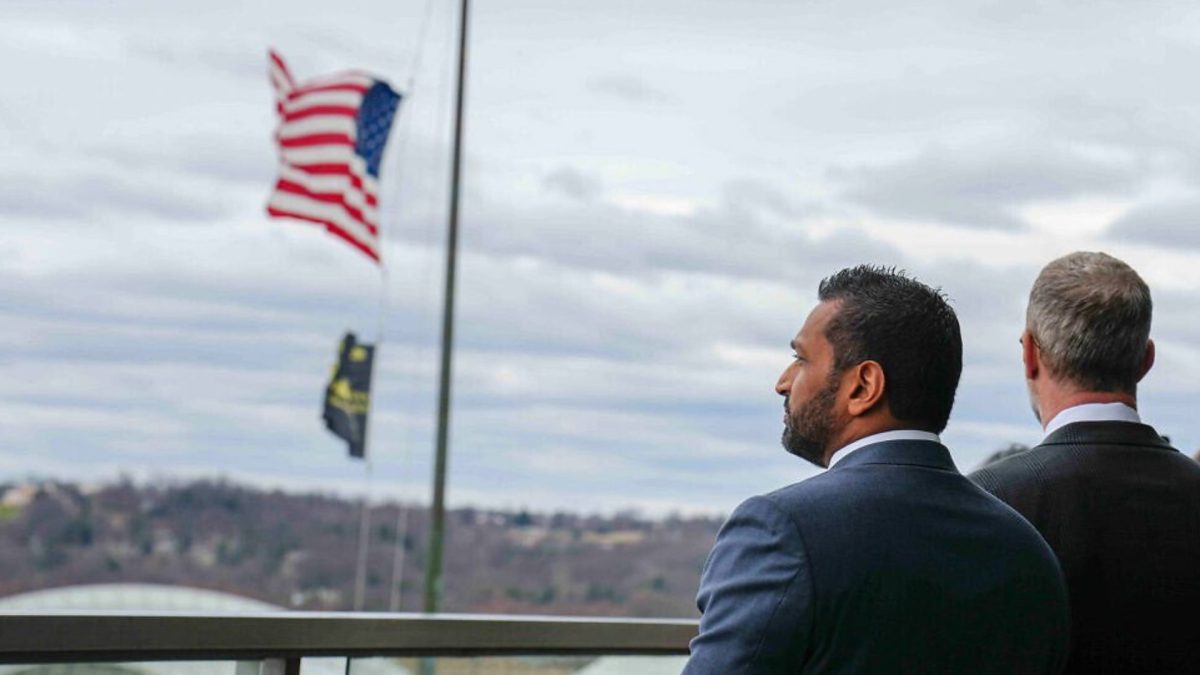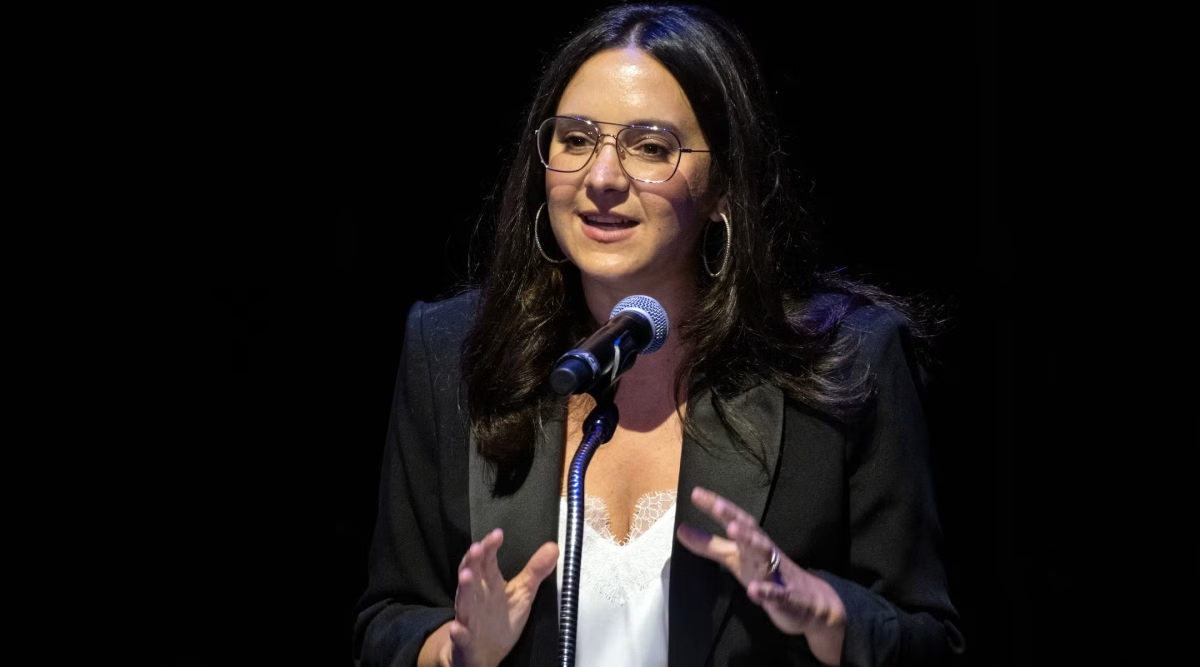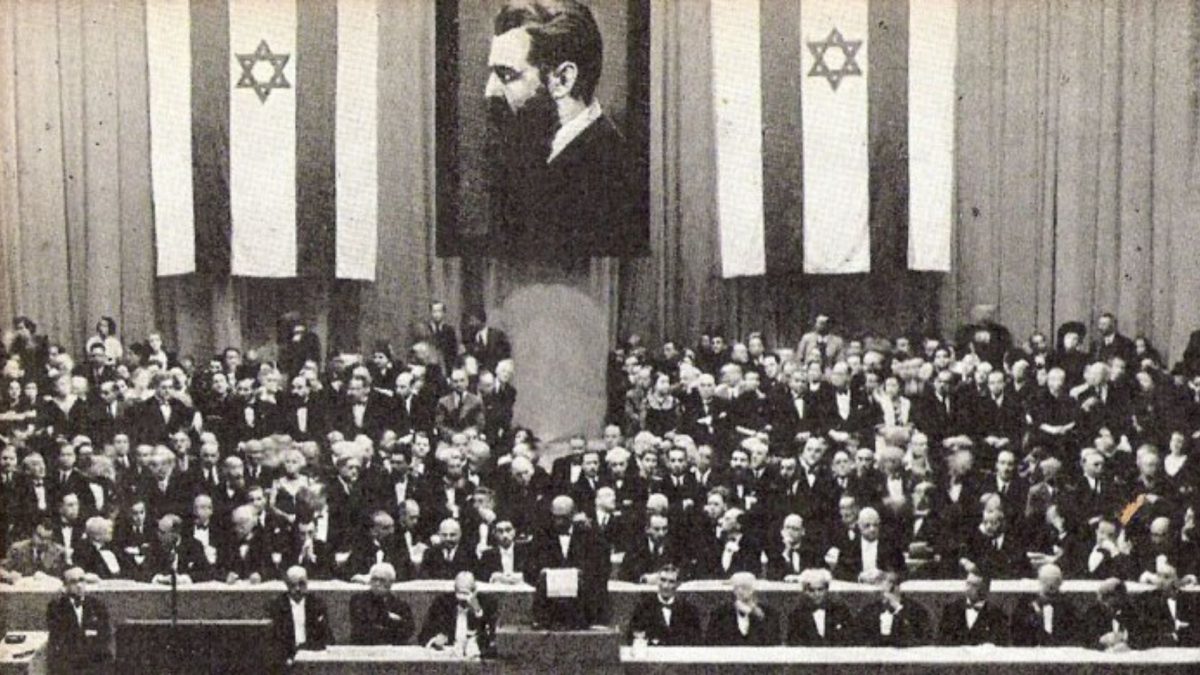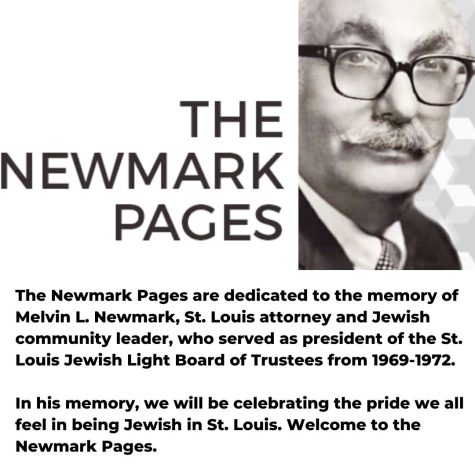
On Saturday, April 27, nearly 120 years after the 1904 World’s Fair opened, a new exhibit commemorating this cornerstone event in St. Louis history will open at the Missouri History Museum. The exhibit features a 1:400 scale model of the fairgrounds, offering visitors a sense of the 1,200-acre exhibition’s vastness.
With over 200 artifacts, hundreds of photos, original art and historical commentary, the exhibit offers a fresh perspective on the wonder and complexities of the Fair. However, one aspect not included in the exhibit is the Jewish story of the Fair—a significant narrative that should not be forgotten.
ADVERTISEMENT
Jewish St. Louis’ involvement in the Fair
The Louisiana Purchase Exposition was the first event to bring international recognition to St. Louis. Jewish participation in and response to the fair were significant, showcasing the status of the Jewish community in St. Louis and across the United States.
By 1904, many German Jews had settled in the West End area of St. Louis, between Grand Avenue and Kingsbury Boulevard, extending from West Pine Boulevard to Page Avenue
Within this area, Jewish families established a community, built businesses, and began to develop a leadership structure.
“Within the Jewish leadership, six members were a part of the 93-member board of the directors of the World’s Fair,” said historian Donald I. Makovsky in a 1986 interview with the Jewish Light. “Five of the six board members, Isaac Schwab, Jonathan Rice, Elias Michael, Charles Aaron Stix and Jacob J. Wertheimer were members of Temple Israel and U.S Rep. Nathan Frank was a member of Share Emeth.”
More than 40 years before the Jewish Light, the St. Louis Jewish community had two main newspapers. In the June 25, 1986, issue of the Jewish Light, Murray B. Darrish, a local historian said, “Reporting and commenting on the World’s Fair for the Jewish community of St. Louis, came from two similar, but remarkably contrasting editors of the Jewish newspapers at the time. B’nai El Rabbi Moritz Spitz of the Jewish Voice and Abe Rosenthal of the Modern View.”
ADVERTISEMENT
The Jewish Voice had been in publication since 1879, with Spitz as editor, representing an “old school” perspective for the older generation. In contrast, Rosenthal, a former student of Spitz’s, launched The Modern View in 1901 as an illustrated weekly catering to the assimilated Jewish population of St. Louis.
Ahead of the World’s Fair, Rosenthal capitalized on the event, publishing numerous stories and a book about Jewish progress in St. Louis. This approach angered Spitz, who criticized the book as an “advertising scheme” focused on the commercial achievements of local Jewish merchants rather than the Jewish faith.
The Zionist flag and the World’s Fair
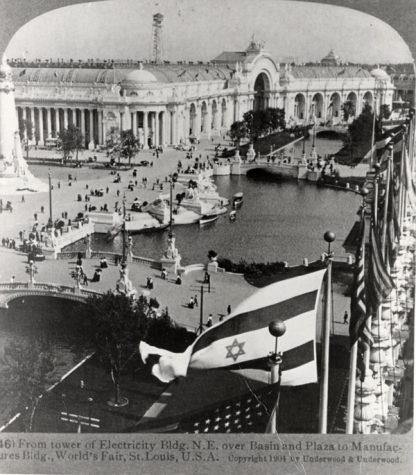
In the early 20th century, Zionism was a contentious issue for Jews worldwide. In St. Louis, both local Jewish newspaper editors were staunchly anti-Zionist. However, Michael Stiffelman, a local Zionist leader, successfully persuaded Jules Aubere, a non-Jewish newspaperman, to advocate for the Zionist flag to be flown alongside other nations’ flags atop the Hall of Nations at the 1904 World’s Fair.
“Stiffelman’s request to fly the Zionist flag at the Fair faced significant opposition,” wrote Bob Cohn, editor-in-chief emeritus of the Jewish Light. “It was similar to the challenges faced by Theodor Herzl’s dream of an independent Jewish state.”
Cohn noted that the flag waved proudly beside the American flag, the British Union Jack, and the French Tricolor, according to the late Moses Joshua Slonim’s book, “The Struggle for Zion’s Rebirth,” extensively cited in Walter Ehrlich’s “Zion in the Valley.”
A memorable photograph of the Zionist flag flying above the Hall of Nations appeared in the 1926 anniversary edition of The Modern View.
1904 makes a come back in song
In 2004, to mark the 100th anniversary of the World’ Fair, St. Louis celebrated in grand fashion. The memories were especially poignant for members of the Jewish community whose relatives attended the World’s Fair.
“My paternal grandmother, Flora Langsam came to Saint Louis in 1904, when the fair was beginning,” said Barbara Langsam Shuman in 2004 interview with the Jewish Light. “She told me stories of how she would go into the fair with her aunt Tante Rosie, who worked at the Fair.”
When her grandmother passed away, Langsam Shuman wanted to honor her memory in some special way. The former associate editor of the Jewish Light considered writing a children’s book about her grandmother’s experiences at the World’s Fair.
“I thought this really lends itself to a family musical,” said Langsam Shuman, but her extensive research into the roles of Jews in the Fair and family interviews unfolded another story as well.
“The immigrant side of the story of the Fair, wasn’t at all like the movie ‘Meet Me In St. Louis,'” said Langsam Shuman.
While Langsam Shuman had the story and song lyrics written, she needed assistance with the musical into things.
“In the beginning I got some help from Kim Portnoy at the Webster at Webster University and then I called Carol Kaplan-Lyss, a very gifted musician and composer,” said Langam Shuman.
The collaboration between the two women was very successful and there was also a World’s Fair connection.
“My mother’s father came to St. Louis specifically because of the fair,” Kaplan-Lyss told the Jewish Light in 2004. “He was a carpenter and there were lots of construction jobs available. My mother told stories of him travelling on street cars with his ladder.”
The variety of experiences of the new Jewish immigrants is told in story and song with several characters loosely based on real people. One of the characters is Nathan Frank, one of the six Jewish members of the World’s Fair Board of Directors.
The full-scale musical “Another View of The Fair” was complete. The musical was performed in three vignettes at the Missouri Historical Society in Oct. 2004.
The new exhibit

Langsam Shuman’s research from twenty years ago revealed that the immigrant story of the 1904 World’s Fair was far from a fairytale. The new exhibit does not shy away from acknowledging these complex truths.
“Many people believe they know the full story of the 1904 World’s Fair, but this new exhibit will introduce them to fresh perspectives and some harsh realities alongside the grandeur and innovations that made the Fair such a pivotal moment in St. Louis history,” said Jody Sowell, President and CEO of the Missouri Historical Society.”





